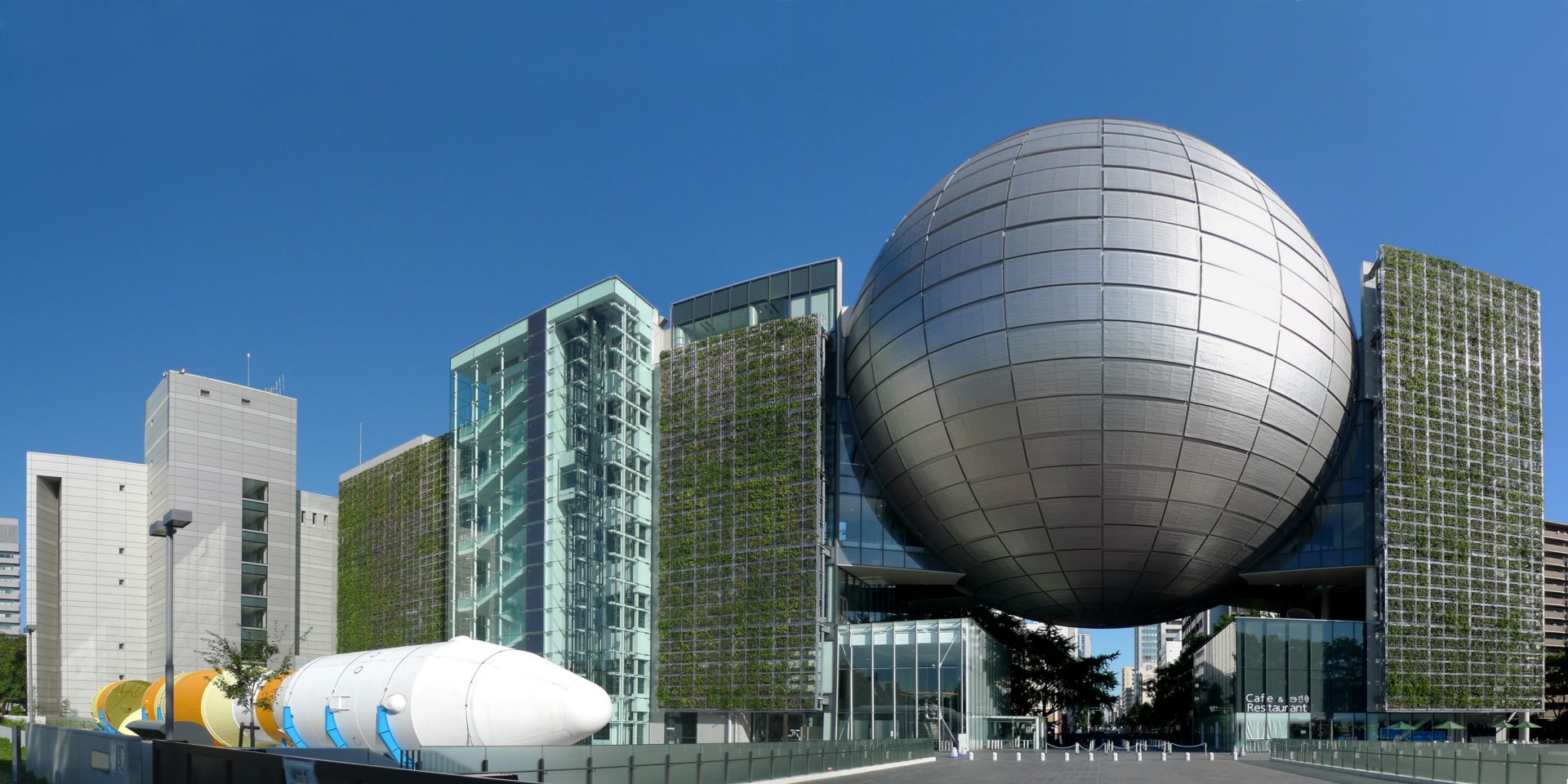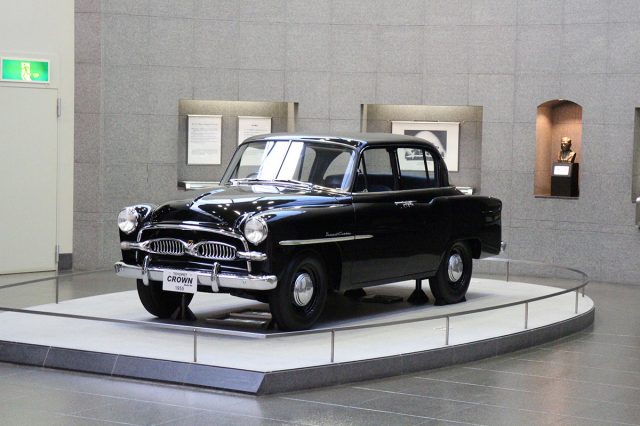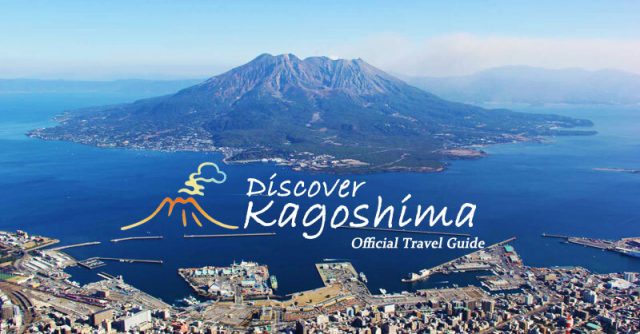This science museum is located in the center of Nagoya city comprising 3 buildings, “Life Sciences building”, “Science and Technology building”, and “Astronomy building”.
Various hands-on displays are provided such as an aurora movie in a room with -30℃ in“Tornado Lab” (Currently suspended as of July, 2021). The large-scale exhibitions with the full impact make you feel the bodily sensation of nature’s miracle such as “Tornado Lab” generating an artificial tornado at the height of 9M, and “Electric Discharge Lab” generating an electric discharge of 1.2 million volts.
The most remarkable exhibition is “Planetarium NTP Planet” at the inside planetarium dorm of 35m listed in the Guinness world record. With recent digital technology, have reproduced a highly realistic starry sky, and its dynamic beauty will take your breath away. Monthly programs are screened about an astronomical event and some topics of the universe, also they feature a cureter’s guidance during the screening.
























